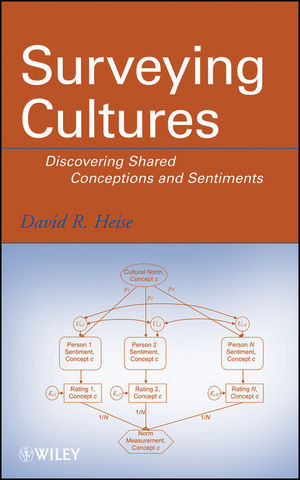

Most ebook files are in PDF format, so you can easily read them using various software such as Foxit Reader or directly on the Google Chrome browser.
Some ebook files are released by publishers in other formats such as .awz, .mobi, .epub, .fb2, etc. You may need to install specific software to read these formats on mobile/PC, such as Calibre.
Please read the tutorial at this link: https://ebookbell.com/faq
We offer FREE conversion to the popular formats you request; however, this may take some time. Therefore, right after payment, please email us, and we will try to provide the service as quickly as possible.
For some exceptional file formats or broken links (if any), please refrain from opening any disputes. Instead, email us first, and we will try to assist within a maximum of 6 hours.
EbookBell Team

4.8
104 reviewsThe book begins with a basic overview of cross-cultural measurement of sentiments and presents innovative and sophisticated analyses of measurement issues and of homogeneity among respondents. Subsequent chapters explore topics that are at the core of successful data collection and analysis in culture studies, including:
The role of bipolar scales and Internet data collection in measuring sentiments
Key methodological variables that determine the quality of quantitative data, including measurement errors, validity, and reliability
New approaches to reliability and several new methods of assessing a respondent's degree of inculcation into group culture
Sampling, coverage, nonresponse, and measurement errors, with an in-depth discussion of their occurrence in culture surveys, their impact assessments, and how current measurement techniques are constructed to help prevent these kinds of errors
Common problems often encountered in the acquisition and communication of data, including identifying error variances, interpreting gender differences in responses, and defining the difference between cultures and subcultures
Throughout the book, each topic is accompanied by a review of related methodological literature. For many of the presented concepts, the author includes a formal analysis of the related issues in measuring cultural norms and reports on analyses. Each chapter concludes with an organized list of major findings as well as an insightful outline of specific recommendations regarding practical problems in culture studies.
Surveying Cultures serves as a valuable supplemental book to courses on survey and research methods at the upper-undergraduate and graduate levels. It is also an excellent reference for researchers in the fields of sociology, anthropology, psychology, and political science.Content:
Chapter 1 Surveying Culture (pages 1–21):
Chapter 2 Measuring Sentiments (pages 23–55):
Chapter 3 Sentiment Repositories (pages 57–73):
Chapter 4 Surveys with Vignettes (pages 75–120):
Chapter 5 Errors in Surveys (pages 121–147):
Chapter 6 Correlates of Enculturation (pages 149–165):
Chapter 7 Consensus in Sentiments (pages 167–181):
Chapter 8 Measurement Reliability (pages 183–201):
Chapter 9 Culture and Surveys (pages 203–211):